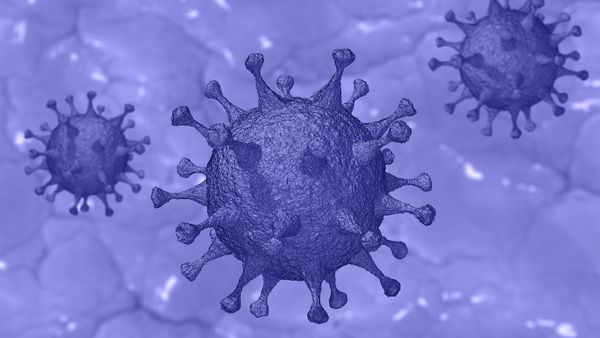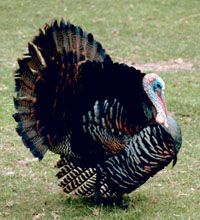SARS (severe acute respiratory syndrome) originated in animals and made the leap from animal to human infection somewhere in the Guangdong province of China in late 2002. The condition was relatively contained for several months. During that time, the Chinese government failed to appropriately tackle the problem and the virus eventually spread elsewhere, leading to worldwide panic. By 2003, there were about 8,000 infected people worldwide and almost 800 SARS-related deaths [source: Medical News Today; NAID]
Research suggests that SARS infected animals for a long time before it mutated to infect humans. SARS originates in about a half dozen animal species, including pigs. Researchers speculate that SARS, as well as many other viruses, originated in China because of the large human and livestock populations, which live in close proximity to each other, allowing viruses to mutate and spread across species. When this occurs, animal-to-human and human-to-human virus transmission is possible. Researchers continue to conduct research into the DNA of SARS to understand its origins so that the population of the planet can better protect itself in the event of another outbreak.
Advertisement
The SARS virus was first formally identified as a new disease by the World Health Organization (WHO) in February 2003. At that time, a WHO physician diagnosed SARS in a businessman who traveled by plane from the Guangdong province in China to Hong Kong and Vietnam. Unfortunately, both the patient and the doctor later died from SARS-related complications. Due to international air travel and the highly infectious nature of SARS, the virus infected people worldwide in a matter of six weeks. It wasn't until June 2004, over a year later, that the SARS epidemic subsided.

